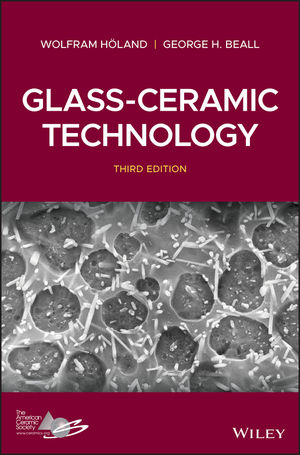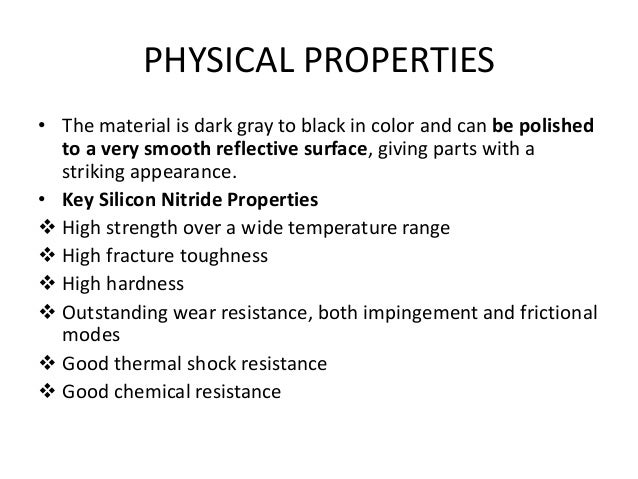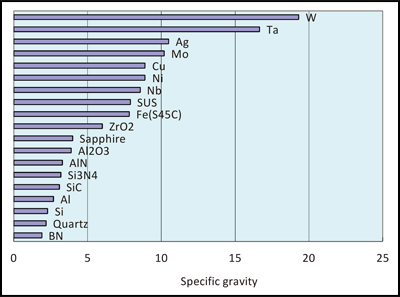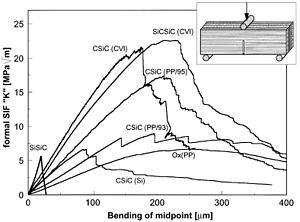Key Chemical Properties Of Ceramics

Melting points high 600 4000c thermal conductivities are low insulators thermal expansion values are low 1 15 ppm c 3.
Key chemical properties of ceramics. Low to medium tensile strength. Different materials have different properties. A ceramic material is an inorganic non metallic often crystalline oxide nitride or carbide material. Ceramics exhibit very strong ionic and or covalent bonding stronger than the metallic bond and this confers the properties commonly associated with ceramics.
Hardness contributing to resistance against wear. Polymers are strong and tough and often flexible. And an ability to take a decorative finish. Advanced ceramics fine ceramics possess good chemical stability.
Composite materials combine two or more materials. Mechanical strength in spite of brittleness. Low to medium thermal conductivity. Thermal and electrical conductivity considerably lower than that of metals.
Chemical durability against the deteriorating effects of oxygen water acids bases salts and organic solvents. Ceramic materials are brittle hard strong in compression and weak in shearing and tension. Considerable durability they re long lasting and hard wearing. Ceramics are hard and strong but brittle.
Polymers are strong and tough and often flexible. Mass properties e g density ceramics are intermediate density 2 00 6 00 gms cm3 different for allotropes e g glass cristobalite tridymite quartz 2. Ceramics are hard and strong but brittle. Typical properties of ceramics.
High hardness high compressive strength low thermal and electrical conductivity and chemical inertness. Great hardness and strength. Low electrical and thermal conductivity they re good insulators. Ceramics are bonded together by an ionic or covalent bond.
The properties of ceramics make fracturing an important inspection method. If we re summarizing their properties we can say that ceramics have. Ceramic tiles are highly resistant to harsh chemical agents like alkalis acids household chemicals and swimming pools salts in high and low concentrations. Composite materials combine two or more materials.
High melting points so they re heat resistant. These structures and chemical ingredients though various result in universally recognized ceramic like properties of enduring utility including the following. High resistance to corrosion and chemical attack. Basically these bonds result in good chemical resistance but have the low thermal expansion high melting point and hardness.






























.jpg)













